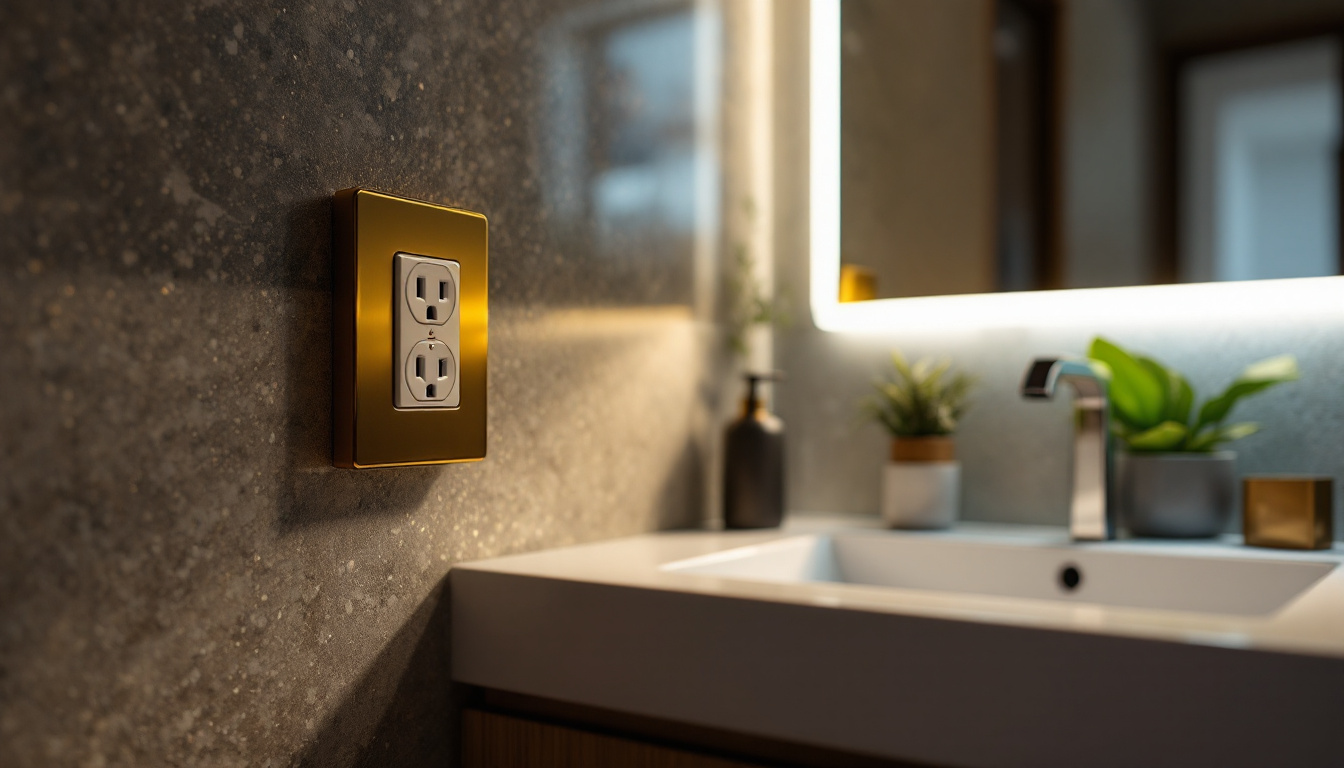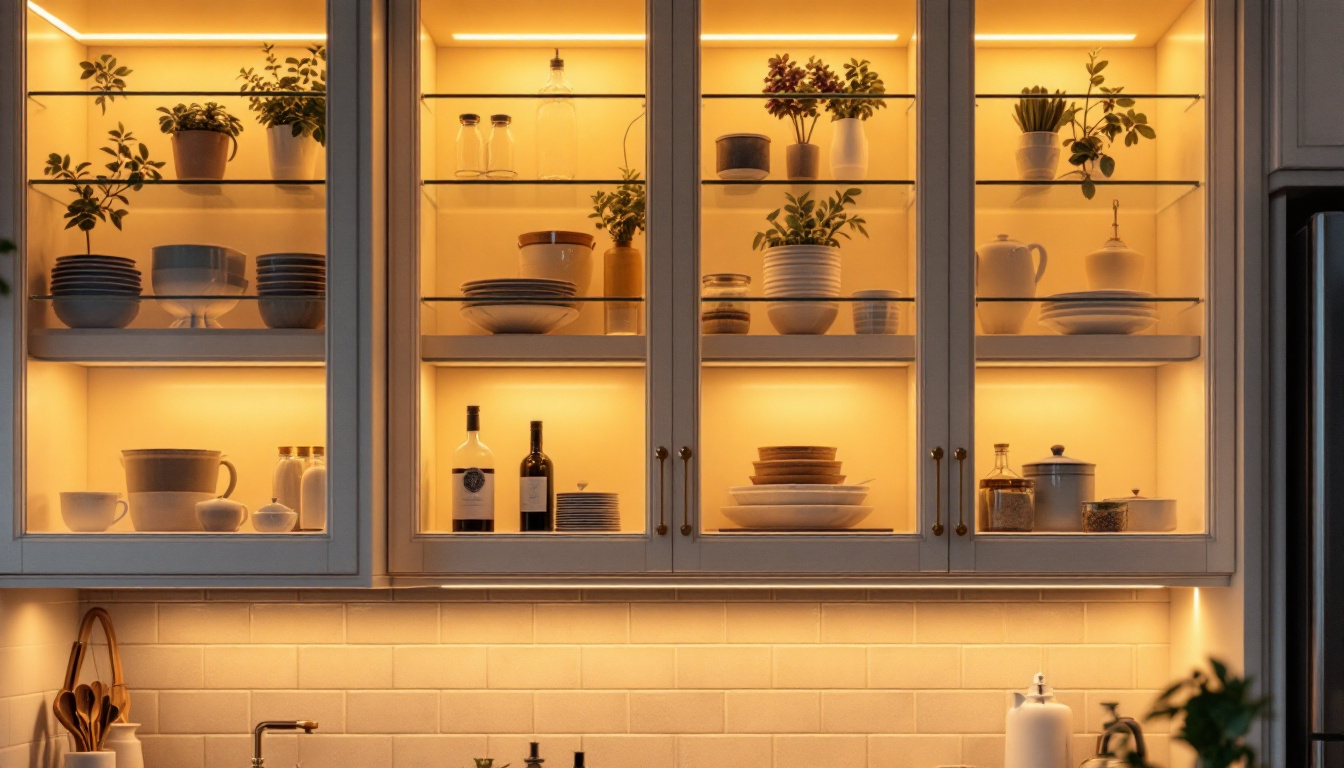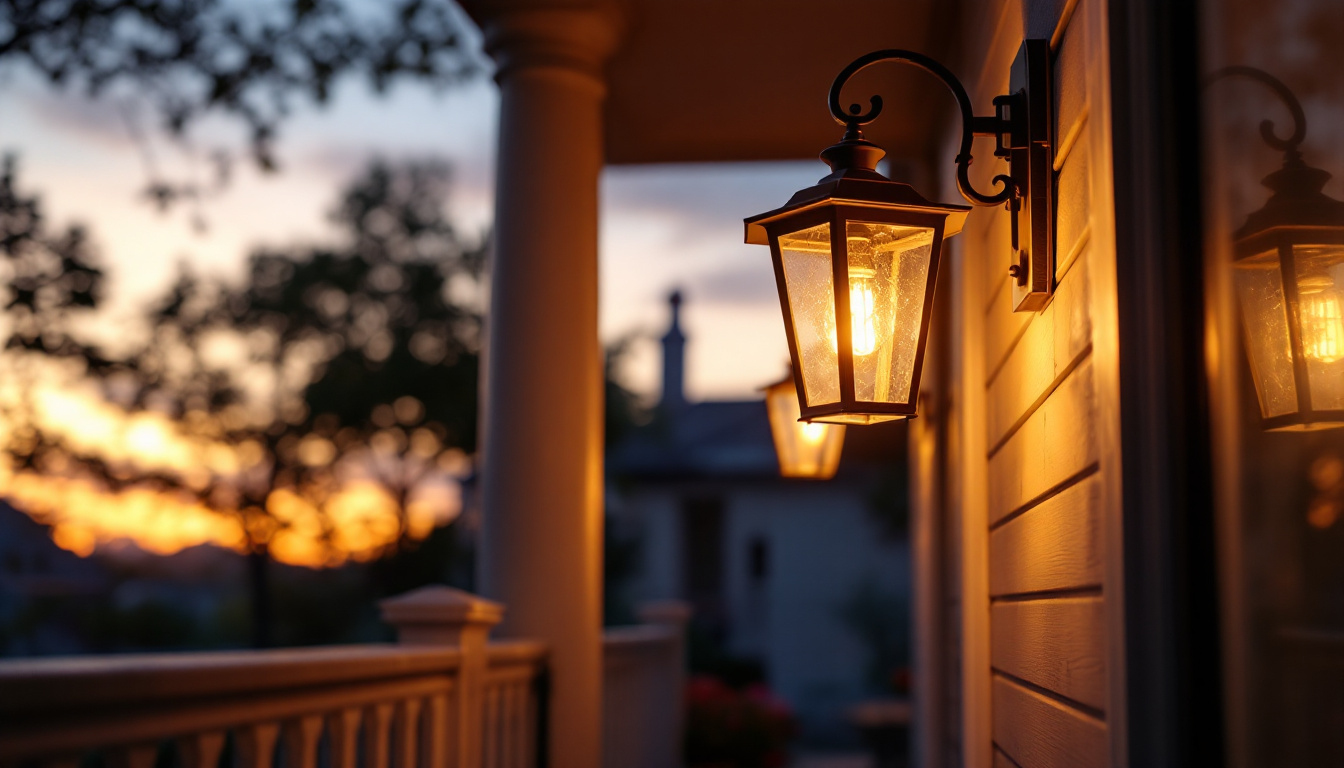
When it comes to bathroom renovations and installations, understanding the intricacies of electrical outlets is crucial for lighting contractors. Bathrooms are unique spaces that require careful consideration of safety, functionality, and aesthetics. This article aims to provide a comprehensive overview of bathroom electrical outlets, focusing on the essential knowledge contractors need to ensure successful installations.
Bathrooms present specific challenges and requirements when it comes to electrical outlets. The National Electrical Code (NEC) provides guidelines that must be adhered to, ensuring safety and compliance. Familiarity with these codes is essential for any lighting contractor working in residential or commercial settings.
One of the primary considerations for bathroom electrical outlets is compliance with the NEC. The code stipulates that all outlets in a bathroom must be GFCI (Ground Fault Circuit Interrupter) protected. This requirement is in place to prevent electrical shock, as bathrooms are often exposed to water and moisture. GFCI outlets automatically cut off power if they detect a ground fault, providing an essential layer of safety for users.
In addition to GFCI requirements, contractors must also consider the placement of outlets. The NEC mandates that at least one outlet must be installed within three feet of the sink, ensuring accessibility for devices like hairdryers and electric razors. Understanding these regulations is vital for contractors to avoid potential hazards and ensure that installations pass inspections. Furthermore, it’s important to note that while GFCI outlets are a standard requirement, they should also be tested regularly to ensure they are functioning correctly, as a faulty GFCI can compromise safety.
Proper placement of electrical outlets in bathrooms is not just about compliance; it also enhances user experience. Outlets should be positioned at a height that is convenient for users, typically around 15 to 20 inches above the floor. This height allows for easy access while minimizing the risk of water exposure.
Contractors should also consider the layout of the bathroom when determining outlet placement. For example, if a bathroom features a double vanity, additional outlets may be necessary to accommodate multiple users. Planning for adequate outlet placement can significantly improve functionality and user satisfaction. Additionally, it’s wise to think about the future needs of the space. With the growing popularity of electric toothbrushes, heated towel racks, and other smart bathroom devices, incorporating extra outlets can be a forward-thinking approach that enhances the overall utility of the bathroom. Moreover, ensuring that outlets are placed away from direct water sources, such as showers and bathtubs, further reduces the risk of accidents and aligns with best practices in electrical safety.
Not all electrical outlets are created equal, especially in a bathroom setting. Selecting the right type of outlet can impact both safety and performance. Understanding the various options available is crucial for lighting contractors.
While GFCI outlets are a must in bathrooms, contractors may also consider other types of outlets based on specific needs. For example, USB outlets are becoming increasingly popular, allowing users to charge devices without needing an adapter. These outlets can be particularly useful in bathrooms where space for charging devices may be limited. With the rise of smart home technology, integrating USB outlets can also facilitate the use of smart mirrors or other connected devices that enhance the bathroom experience.
Another option is the use of tamper-resistant outlets, which are designed to prevent accidental insertion of foreign objects. This feature is especially beneficial in homes with young children, providing an added layer of safety. Additionally, tamper-resistant outlets can help reduce the risk of electrical shocks, making them a wise choice for any family-oriented environment.
Given the high humidity levels typically found in bathrooms, contractors should also consider weather-resistant outlets. These outlets are designed to withstand moisture and are ideal for areas that may be exposed to steam or water splashes. By choosing weather-resistant options, contractors can enhance the longevity and reliability of their installations. Furthermore, these outlets often come with additional protective features, such as sealed covers or corrosion-resistant materials, ensuring they remain functional even in the most challenging conditions.
In addition to weather-resistant outlets, it’s worth exploring the benefits of installing outlets with built-in surge protection. Bathrooms often contain various electrical appliances, such as hairdryers and electric shavers, which can cause power surges. Outlets equipped with surge protection can prevent damage to these devices and enhance user safety, making them an excellent consideration for modern bathroom designs. By combining multiple features, contractors can create a safe and efficient electrical system that meets the diverse needs of homeowners.
Lighting plays a pivotal role in any bathroom design, and the integration of electrical outlets must complement the overall lighting scheme. Understanding how to effectively combine lighting and outlets is essential for creating a functional and aesthetically pleasing environment.
Task lighting is crucial in bathrooms, particularly around mirrors and vanities. When planning for outlet placement, contractors should consider the location of light fixtures. Outlets should be positioned to allow for easy access to hairdryers, straighteners, and other grooming devices without interfering with the lighting design.
In addition, the type of lighting used can influence outlet placement. For instance, if recessed lighting is installed, outlets may need to be positioned differently to avoid shadows and ensure optimal functionality. Furthermore, ensuring that outlets are installed at a height that is both practical and aesthetically pleasing can significantly enhance the user experience. For example, placing outlets at counter height can facilitate easy access for users while maintaining a clean and uncluttered look.
Incorporating accent lighting can enhance the overall ambiance of a bathroom. When planning electrical outlets, contractors should think about how these outlets can support decorative lighting elements. For example, outlets may be needed for wall sconces or decorative fixtures that enhance the visual appeal of the space.
Moreover, the choice of light fixtures can affect the type of outlets needed. Dimmable switches may be required for certain lighting designs, allowing users to adjust the brightness according to their preferences. Understanding these nuances can help contractors create a cohesive and inviting bathroom atmosphere. Additionally, the use of LED strip lighting around mirrors or under vanities can create a soft glow that not only improves visibility but also adds a modern touch to the design. This type of lighting often requires specific outlet placements to ensure that the power source is discreetly integrated, further enhancing the bathroom’s overall aesthetic without compromising functionality.
Even experienced lighting contractors can fall victim to common pitfalls when it comes to bathroom electrical outlets. Being aware of these mistakes can help ensure successful installations and satisfied clients.
One of the most critical mistakes is neglecting to install GFCI outlets in bathrooms. Failing to comply with this requirement not only poses safety risks but can also lead to failed inspections. Contractors must prioritize GFCI installation to ensure the safety of bathroom users.
Additionally, it is essential to educate clients about the importance of GFCI outlets and their role in preventing electrical hazards. This knowledge can help clients appreciate the value of compliant installations and promote safety awareness.
Another common error is overlooking the strategic placement of outlets. Contractors should avoid clustering outlets in one area, as this can lead to inconvenience for users. Instead, thoughtful planning should guide outlet placement to ensure accessibility and functionality throughout the bathroom.
Moreover, considering the layout and design of the bathroom can help prevent issues down the line. For example, if a client plans to add additional lighting or appliances in the future, anticipating these needs during the installation process can save time and effort later.
The landscape of bathroom electrical outlets is continually evolving, with new technology and design trends emerging. Staying informed about these trends can help lighting contractors remain competitive and meet client demands.
As smart home technology becomes more prevalent, the integration of smart outlets in bathrooms is gaining traction. These outlets allow users to control devices remotely, offering convenience and energy efficiency. Contractors should consider the benefits of incorporating smart outlets into their designs, as they can enhance the overall user experience.
Additionally, smart outlets can be programmed to work with other smart devices, such as lighting systems and thermostats. This level of integration can create a seamless and modern bathroom environment that appeals to tech-savvy clients.
With a growing emphasis on sustainability, energy-efficient outlets are becoming increasingly popular. Contractors should explore options that minimize energy consumption while still providing reliable performance. This focus on sustainability can resonate with environmentally conscious clients and set contractors apart in a competitive market.
Moreover, educating clients about the benefits of energy-efficient outlets can help promote sustainable practices in their homes. This knowledge can empower clients to make informed decisions that align with their values.
Understanding the complexities of bathroom electrical outlets is essential for lighting contractors aiming to deliver safe, functional, and aesthetically pleasing installations. By adhering to code requirements, selecting the right outlets, and considering lighting integration, contractors can create bathrooms that meet the needs of their clients while ensuring compliance and safety.
As technology continues to advance, staying informed about emerging trends and best practices will further enhance a contractor’s ability to provide exceptional service. By demystifying bathroom electrical outlets, contractors can navigate this critical aspect of bathroom design with confidence, ultimately leading to satisfied clients and successful projects.
Ready to elevate your bathroom installations with the highest quality electrical outlets and lighting products? Look no further than LumenWholesale. Our commitment to providing contractors with spec-grade lighting solutions at wholesale prices ensures that you can complete your projects with confidence. With our extensive selection that meets rigorous industry standards, you’ll find everything you need to comply with safety codes and satisfy your clients’ aesthetic and functional demands. Plus, with the convenience of free shipping on bulk orders, you can enjoy the best value without any hidden costs. Don’t compromise on quality or price. Wholesale Lighting at the Best Value is just a click away. Transform your bathroom projects with LumenWholesale today.

Discover why LED light fixtures are a game-changer for garage spaces and essential for lighting contractors.

Discover the essential guide to LED cabinet lighting tailored for lighting contractors.

Discover how lighting contractors can streamline their projects by understanding the essentials of installing outlets for washers and dryers.

Discover essential tips and innovative strategies for lighting contractors to enhance porch illumination projects.